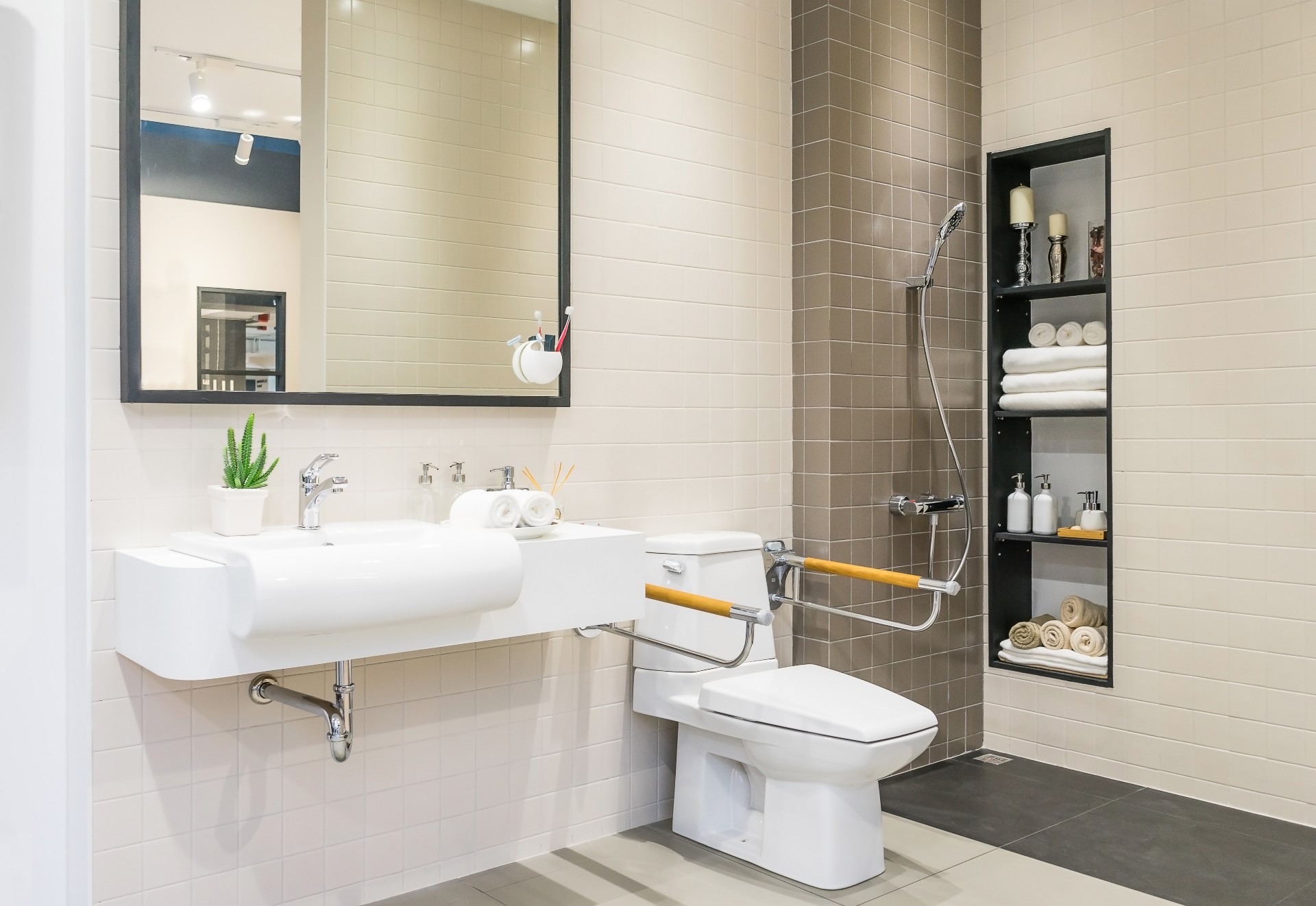Home Design Strategies and Organizational Tips to Help Seniors Reduce Falls

Safety is generally the single most important factor in an older adult’s decision to age in place, and falls are among the greatest threat to seniors’ safety. Making fall prevention a priority can help ensure you’re able to stay in your home as long as you wish.
Among adults over the age of 65, about 25% experience a fall each year. One in five of those falls results in a broken bone or head injury, and post-fall recovery is among the top reasons older adults seek rehabilitation services or short-term care.
Even if a fall isn’t serious enough to warrant hospitalization, there are numerous potential outcomes that negatively affect your well-being, including wounds or bruises that impede your mobility and fear of a repeat fall, which may cause you to avoid physical activity and ultimately weaken your body.
Talking to your doctor about how to prevent falls is important because there are many conditions and factors that can increase your chances of having a fall, including certain medications. Another proactive step is designing your home for fall prevention.
How to Make Fall Prevention a Priority
Fall-proofing your home will give you and your loved ones peace of mind that you’re in a safe environment where you can move freely without risk of injury. With some adjustments to your living space and organization, you can eliminate potential dangers and improve the ways you use your home.
Cut the clutter. When it comes to fall prevention, clutter is more than a mess; it’s a hazard. Allowing things like laundry, boxes, and other items to accumulate can obstruct your walking paths or result in piles toppling over and creating trip hazards in the home. Keep your living space tidy and declutter your home to make it a safer living environment. If you’re not sure where to start, you may be able to ask family or friends for organization tips for your home or hire someone who specializes in home organization.
Think about accessibility. Putting the things you use the most often within easy reach will eliminate the need to stretch, strain, climb ladders, or engage in other risky maneuvers. Go room by room and consider what items you have trouble reaching, then think about how you can make access easier. You might add an extension chain to a ceiling fan or rearrange the pantry to put your most-used goods on the lower shelves.
Rearrange furniture. Use a critical eye to evaluate the layout of each room. If walking paths could be wider, adjust the furniture arrangement to accommodate wide, clear walkways. Also be conscious of low furniture like coffee tables or ottomans that can be overlooked and create a tripping hazard. Move them to a safer location or even remove them altogether.
Remove tripping obstacles. Aside from furniture, there are countless objects you may not think much about until you stumble over one of them. Throw rugs and ripples where the carpet is poorly stretched are two common examples. Cords that aren’t securely tucked behind or under furniture also pose a risk. Also be wary of uneven flooring transitions, such as carpet to wood flooring, which can also be unexpectedly slippery.
Add more lighting. Dim rooms and hallways make it difficult to see clearly and navigate around unexpected obstacles. Ensuring each room is well lit can be a useful step in fall prevention. You can add additional lamps or light fixtures, or simply increase the wattage of bulbs in existing fixtures. In hallways and other spaces where it may be difficult to install additional lights, you can use motion-activated lights that run on batteries or plug into a standard outlet.
A Practical Way to Age in Place
For older adults aging at home, fall prevention is an important step in protecting your immediate safety and stability. Looking longer term, you may need additional support, and there’s a good chance health care costs will rise between now and then.
An option like Springpoint Choice provides stability in numerous ways, including protecting you from the rising costs of long-term care and connecting you with a personal care navigator who can help you access resources like home care or a transition to a long-term care community when the time is right. What’s more, as a Springpoint Choice member, you’ll have access to enriching social activities and resort-like amenities, including state-of-the-art fitness centers and other wellness resources.
Contact us to learn more about how you can take advantage of these great benefits now and secure peace of mind for the future.
